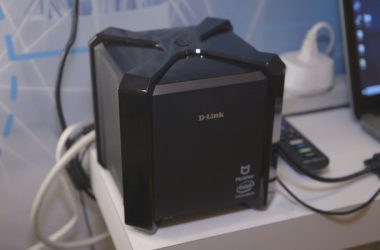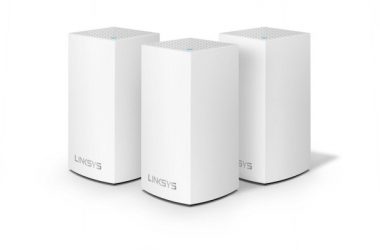
What started out as an upgrade to the phone system at Ottawa Regional Hospital and Healthcare Center became a badly needed network overhaul that lowered costs and included a conversion to VoIP.
A year ago, the Ottawa, Ill.-based center was running an analog phone system fed by T-1s and a separate 10/100 Ethernet data network that wouldn’t support an IP phone system let alone the battery of high-bandwidth medical applications that are becoming more and more necessary, says Curt Sesto, director of facilities, construction management and electronics for the center.
Now, Ottawa Regional has installed a 10G bps fiber ring on its 31-acre campus and is in the midst of switching over all its phones to IP with the capacity to turn on unified communications (UC) features, he says. The ring, which is owned and maintained by Ottawa Regional, eliminates a slew of point-to-point AT&T T-1 lines that connected the eight buildings on the campus, he says.
The aging 14-year-old Siemens-ROLM PBX has been replaced with a VoIP service outsourced to Siemens that is based on Siemens gear in Level 3 Communications collocation facilities. For $40 per user per month, the integrator/outsourcing firm PosTrack provides a fiber link and T-1 backup to the VoIP servers, including all phone usage charges, Sesto says.
When he arrived last December, his marching order from the CEO was to get a new phone system right away. "It had been on his radar for a couple of years," he says. One goal was to get rid of the estimated $28,000 per year maintenance cost of the PBXs, for which it was getting increasingly harder to find parts as they grew older. "They could go toes-up at any time," he says.
Sesto checked out Siemens, Cisco and Avaya VoIP systems. The Siemens system was being pushed by PosTrack, which also supplies Siemens medical gear to Ottawa Health. It was the only bidder that urged a data network evaluation as the first step in the process of moving to VoIP, he says. He liked that and also the fact that the Siemens offer was a hosted service. It would take on the task of network monitoring and maintenance, which frees up two to three full-timers who can focus instead on implementing electronic medical records systems, another priority for the center.
So the first step became upgrading the all-Cisco 10/100 Ethernet network that lacked power over Ethernet except to support the Cisco wireless access points, Sesto says. Design considerations included a fiber ring to improve building-to-building connections. After bid from Juniper undercut Cisco’s $1 million bid by $350,000, Juniper won the deal, he says.
PosTrack installed 3 miles of fiber among the buildings on the Ottawa Health campus and rewired all the buildings with 400,000 feet of Cat 6 cable, replacing the old cabling that was half Cat 5 and half Cat 3.
Voice traffic will run over the same network. The voice system is based on Siemens OpenScape servers located at two separate sites in Chicago for redundancy in case one goes down. The campus fiber loop ties in to the servers over a 10Gbps fiber link pieced together and managed by PosTrack. It consists of a 30-mile connection over the local Medicacom cable TV network to the state run Illinois Century Network that is available to hospitals to the Level 3 points of presence.
Ottawa Regional Hospital goes VoIP and much more





